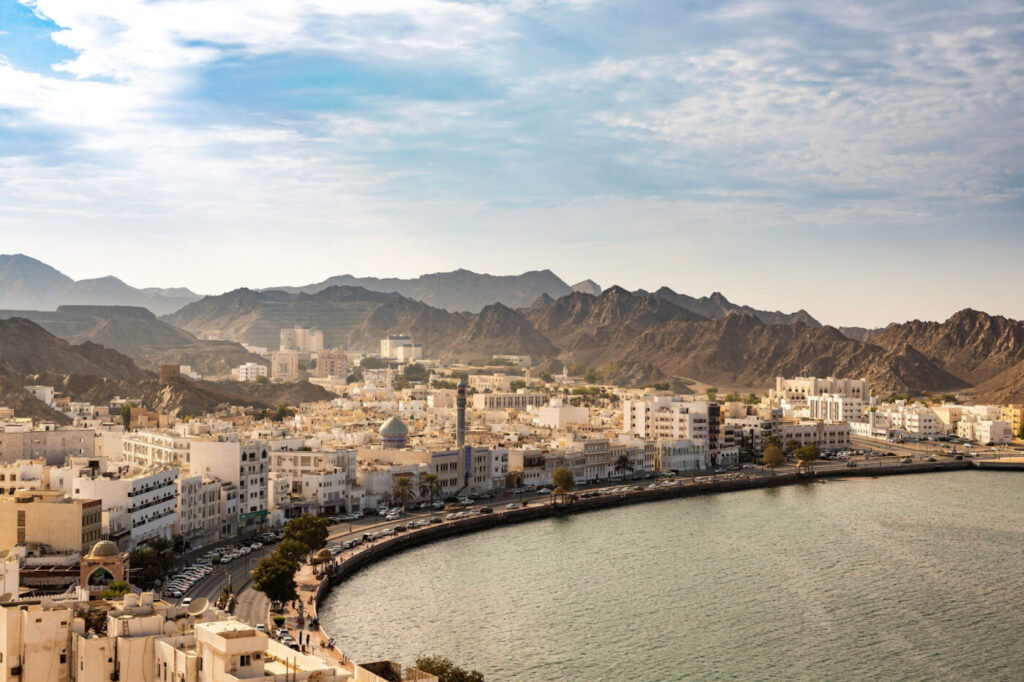
The choice between Dubai and Oman has confronted many investors lately, so let’s figure it out.
In Dubai, you can obtain a resident visa for 2 years when purchasing real estate from $205,000. Opening a bank account and receiving a card occur after the house is transferred into your possession. In Oman, a resident visa is issued for the purchase of real estate of any value. You can open a bank account after the first deposit.
In Dubai, prices for liquid projects start from $170-200 thousand, in the sea and central areas – from $300-350 thousand. In Oman, all projects are built by the sea, on the first coastline, with prices starting from $120 thousand.
READ: Overview of Startups in the Field of UAE Education and Beyond: Top News
In Dubai, the average annual yield from short-term rentals is +7-8%, and from long-term rentals +9-12%. Upon resale, the yield can reach +40-45%, but you need to select the object carefully. In Oman, rental yields are comparable to Dubai, but at lower prices: +7-9% for long-term rentals and up to 10-12% for short-term rentals. The market is growing steadily at +7% per year, without sharp price fluctuations, as in the UAE. Both the UAE dirham and the Omani rial have long been firmly pegged to the dollar, so investors do not risk exchange rate fluctuations: they maintain their investment and receive income in dollars.
There are no income taxes. In both Oman and Dubai, investors pay nothing on property income. When purchasing real estate in Dubai, you pay a land tax of 4% (usually added to the amount of the down payment), in Oman – VAT 5% and a registration fee of 3% upon receipt of a certificate of ownership.
READ: Life in Dubai: Salaries and Features of the Economy
Dubai epitomizes luxury, technology, vibrant entertainment, chic shopping centers, malls, restaurants, and plenty of opportunities for sports.
Oman offers a more relaxed lifestyle, yet it boasts everything for a modern comfortable life! Excellent restaurants, diverse cuisines from around the world, and delicious local dishes. Large shopping centers featuring international brands. World-class golf courses, tennis courts, cycling tracks, and venues for various sports activities. Additionally, there’s a fitness club in every residential project. The country also boasts numerous historical and natural attractions, providing plenty to see and do.
Dubai offers comfortable weather from about October to May. Summers, like throughout the Middle East, are extremely hot. However, this issue is mitigated by ubiquitous air conditioning and an active evening and nightlife.


Dubai boasts a powerful, globally recognized brand, numerous developers and projects, and a constant demand for housing, given the country’s attraction to a large number of expatriates.
READ: Understanding Credit Scores: Renting Features in NYC
Oman is just beginning to emerge as an investment destination, akin to Dubai 10 years ago, with significant growth prospects. While the number of projects is currently limited, demand is high. Already, 40% of the population consists of expatriates from Europe, America, China, and Australia. As Oman’s global brand develops, this number is expected to increase. Additionally, the tourist influx is rising, ensuring investors a stable passive income from real estate.